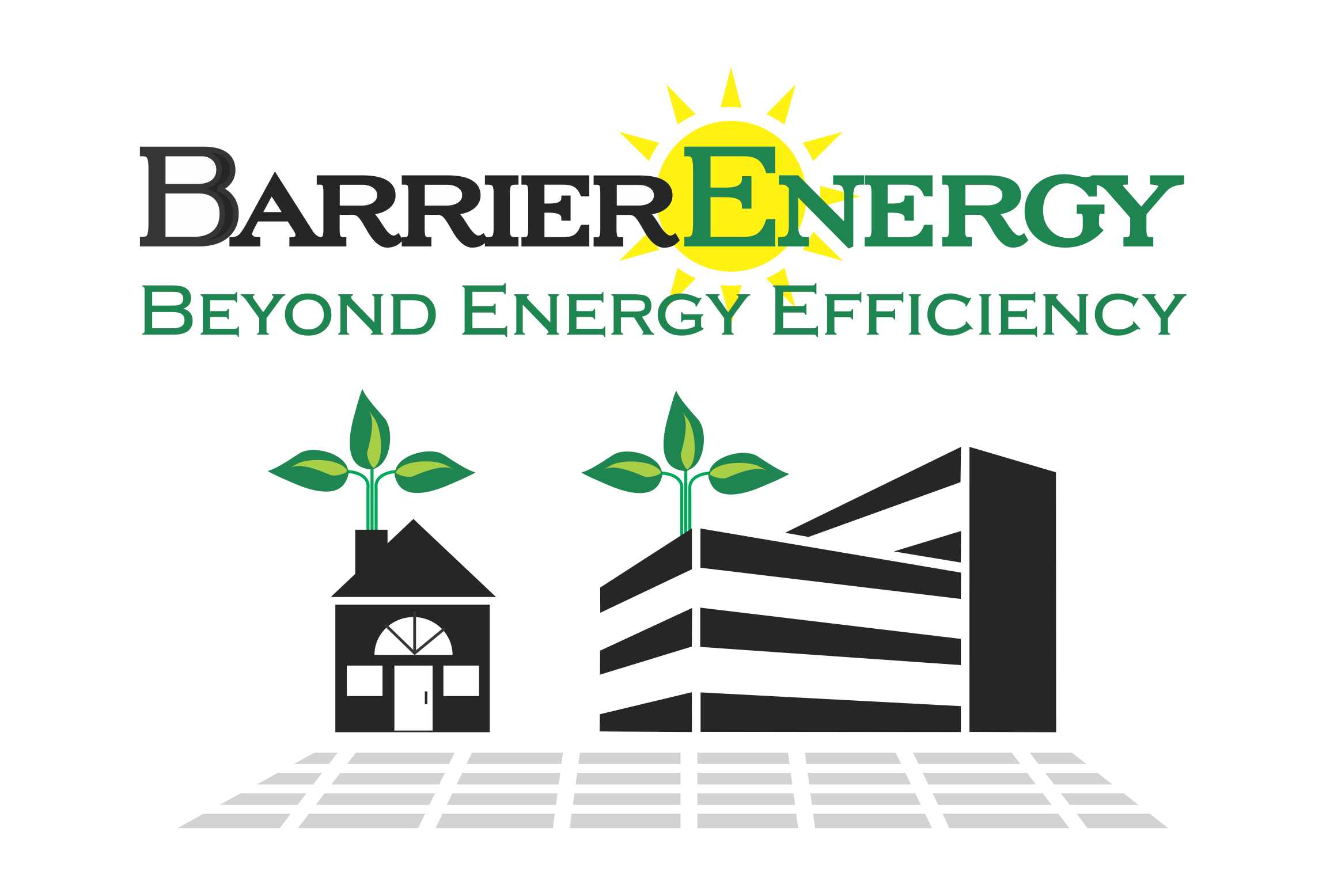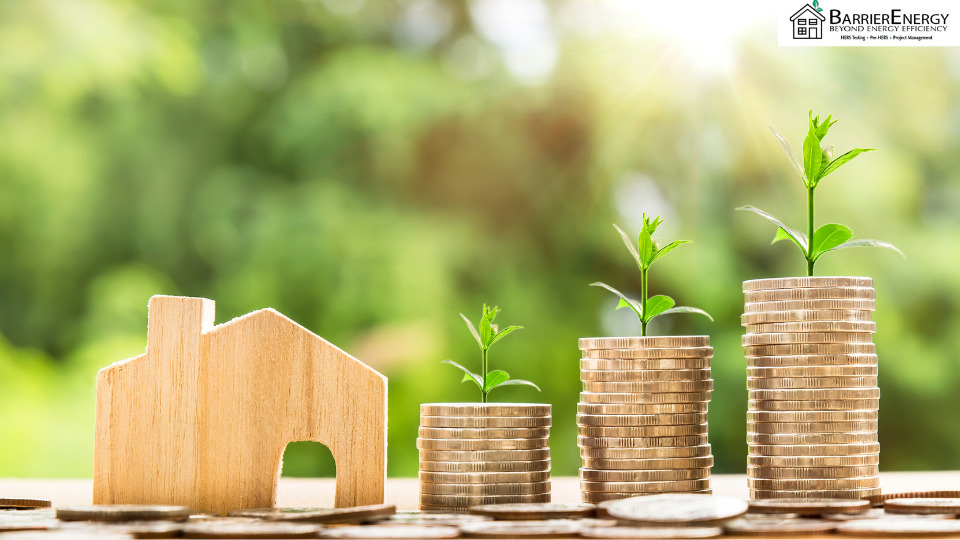Assistance Programs for Energy Efficiency Improvements
Energy efficiency improvements are becoming sought-after resources in Real Estate. Why? Well, the benefits are undeniable: improved value, creature comfort, durability, environmental impact, and more. If you are able to afford an energy efficiency improvement, it’s a safely proven investment. However, what if you would like to make an EE upgrade to your home or business, but cannot afford the upfront costs? There are programs out there that can help. In general, utilizing a loan allows the purchaser to stretch out their payment so that energy savings offset the costs. As BarrierEnergy is based out of California, we will be focusing on special assistance programs that are specific to the State. These unique loans are designed to make energy efficiency improvements more widely accessible for California Residents.
Property Assessed Green Energy (PACE)
A Property Assessed Green Energy loan provides funding to cover the total costs for energy efficiency improvements on qualifying properties. PACE does not require any down payment or monthly payment. This kind of loan is repaid by regular home energy assessments along with property taxes, over the long term (10-30+ years). Because the debt is attached to the property itself, any amount unpaid is always transferred through ownership of the property. Approval may be slightly easier, as opposed to most loans because credit isn’t a large factor in approval. Financing approval is dependent on the equity of the property versus calculated savings. The loan is designed to be offset by savings, so repayment isn’t so burdensome. The largest financial benefits will be reaped once the loan is completely paid off.
Energy-Efficient Mortgage (EEM)
Energy Efficient Mortgages, on the other hand, allow the cost of energy upgrades to be lumped in with the purchase price or refinance of a property. Like PACE, upgrade allowances are rewarded based on expected savings. A home energy assessment is a tool that estimates the cost of recommended improvements compared to foreseen savings. Interest on these loans is tax-deductible, as a bonus benefit. EEMs are administered by the Federal Housing Administration through the Department of Housing and Urban Development. Alas, there is a downside. High interest, no guarantee of exact savings, and inability to pay back the loan terms are some reasons these programs can be risky. Failure to adhere to the terms could result in liens on the property, and eventually repossession from the state. Nonetheless, it’s still a viable option if you can be approved for this program.
Residential Energy Efficiency Loan (REEL)
Lastly, the REEL Program was created to give lenders a “loss reserve”. By providing emergency funding to lenders, they are able to provide more lenient loan and approval terms. That means more energy efficiency improvement loans getting approved! Furthermore, licensed contractors can also benefit from this program because they are able to offer clients better financing options. REEL connects contractors and homeowners to a large database of preferred lenders, where they can access full financing and attractive loans.
Why You Need a Home Energy Assessment
A home energy assessment is often the first step in applying for an energy efficiency improvement loan. Lenders need to weigh the current energy status of the home with possible savings from upgrades. BarrierEnergy can help! Our licensed HERS Raters are thoroughly trained to provide accurate home energy assessments. They will test and report every feature of your home for efficiency to give it an energy score. Then, proper recommendations can be made. To learn more, call us at 888-383-HERS (4377) or sign-up for a free quote today.
For even more programs, check out California’s Energy Efficiency Funding Opportunities resource. Veterans also have access to unique loans.


Recent Comments